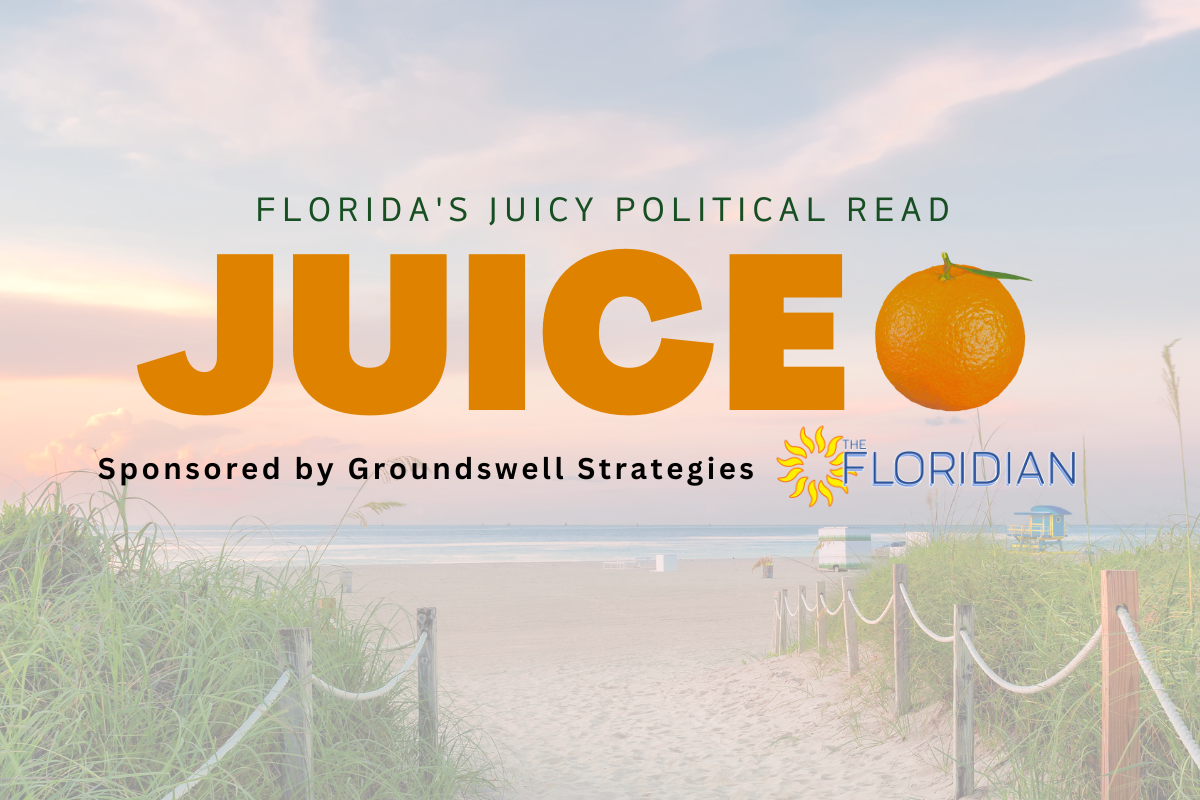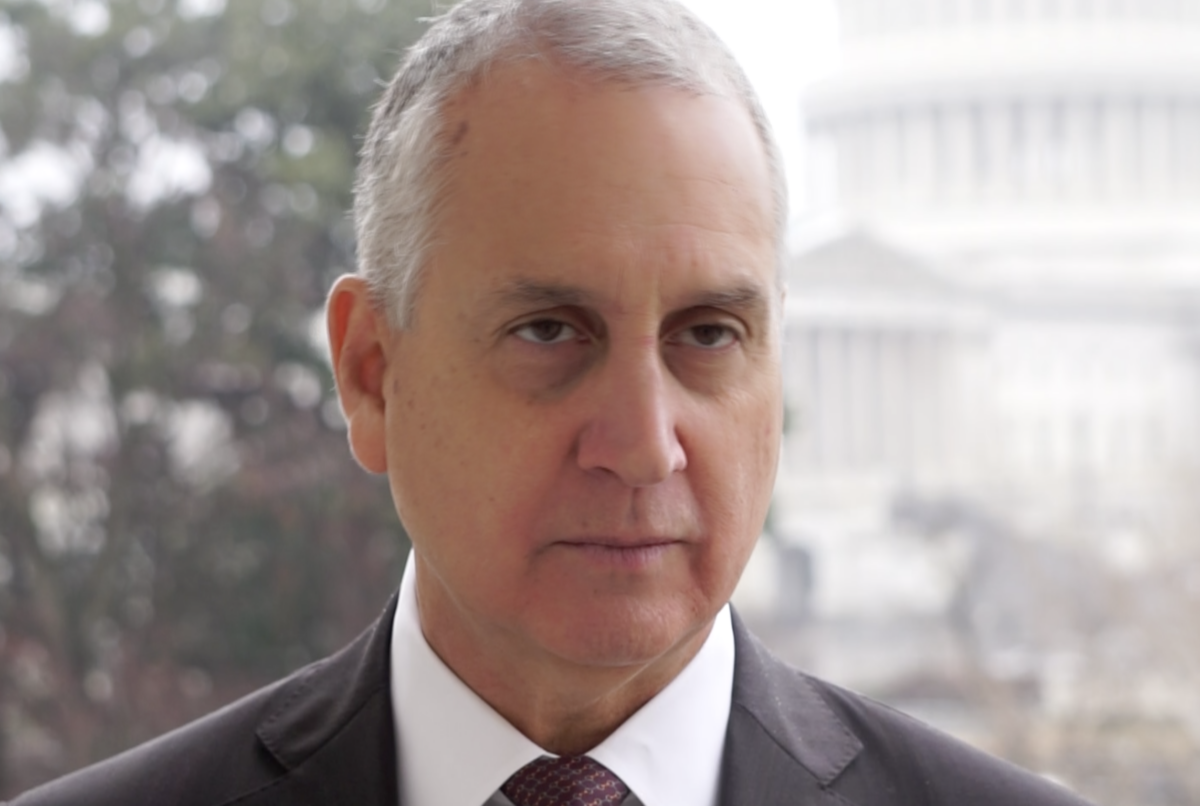The Trump administration’s plan to minimize the number of immigrants entering the country by penalizing those immigrants who receive government aid is facing strong opposition by the pro-immigration lobby, who is making the issue about race, rather than solely immigration.
The New York Times’ explanation of the president’s immigration play as “forcing” poor and legal immigrants who are receiving public benefits such as Food Stamps, to “make a choice between accepting financial help and living and working in the country legally.”
The Times does contradict several Democratic Party TV pundits who have been saying that even current Green Cardholders will also be targeted, saying that Resident Aliens “will probably not” be affected.
Rep. Debbie Mucarsel-Powell (D-FL) continues to jab at Trump over immigration, this time pointed to the Public Charge rule, saying that the president’s proposed new immigration rule to limit the government assistance for those legally living in the country as a “white & wealthy” measure.
Mucarsel-Powell echoes what the National Immigration Law Center (NILC), which is suing the administration, has stated, that Trump’s “public charge” aims to “disenfranchise communities of color and favor the white and wealthy.”
“Trump's "public charge" regulation is designed to redefine our legal immigration system to disenfranchise communities of color & favor the white and wealthy,” tweeted the NILC .
What is a “public charge?”
According to the NILC website, “Public charge is a term used in immigration law to refer to a person who is primarily dependent on the government for support. The proposed new rule would broaden the definition of who is to be considered a public charge so that it includes immigrants who use one or more government programs listed in the proposed rule”.
The NILC also addresses who and how the government labels as being a “public charge.”
The government uses a public charge “test.” The public charge test is based on several different factors. An immigration officer must look at the “totality of circumstances” by looking at the person’s age, health,











